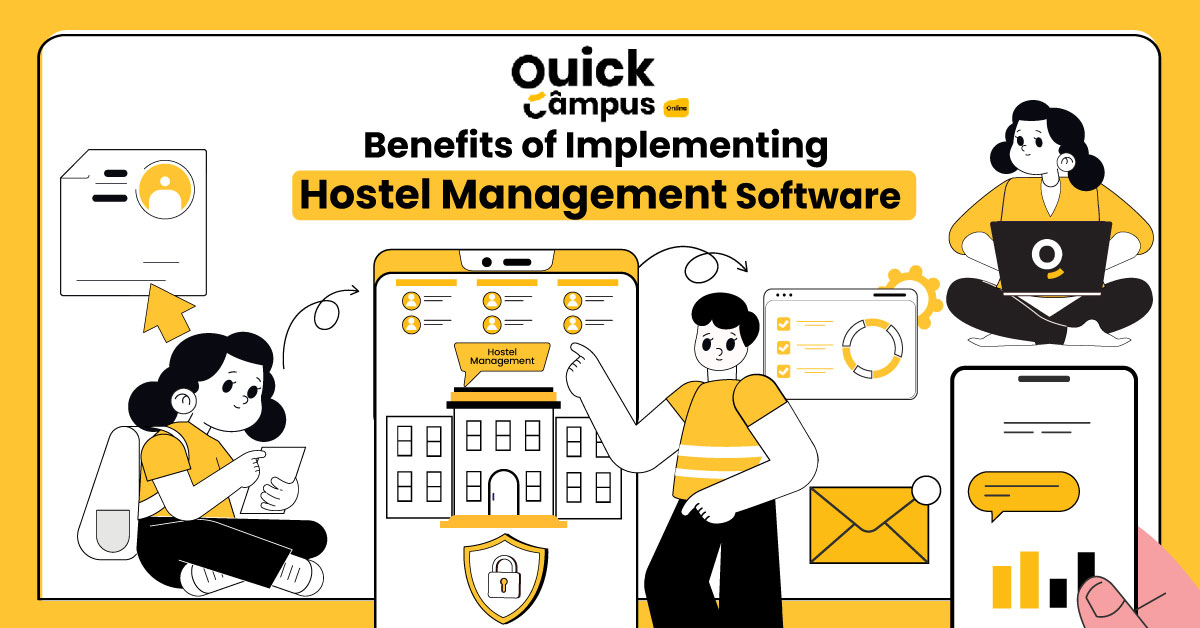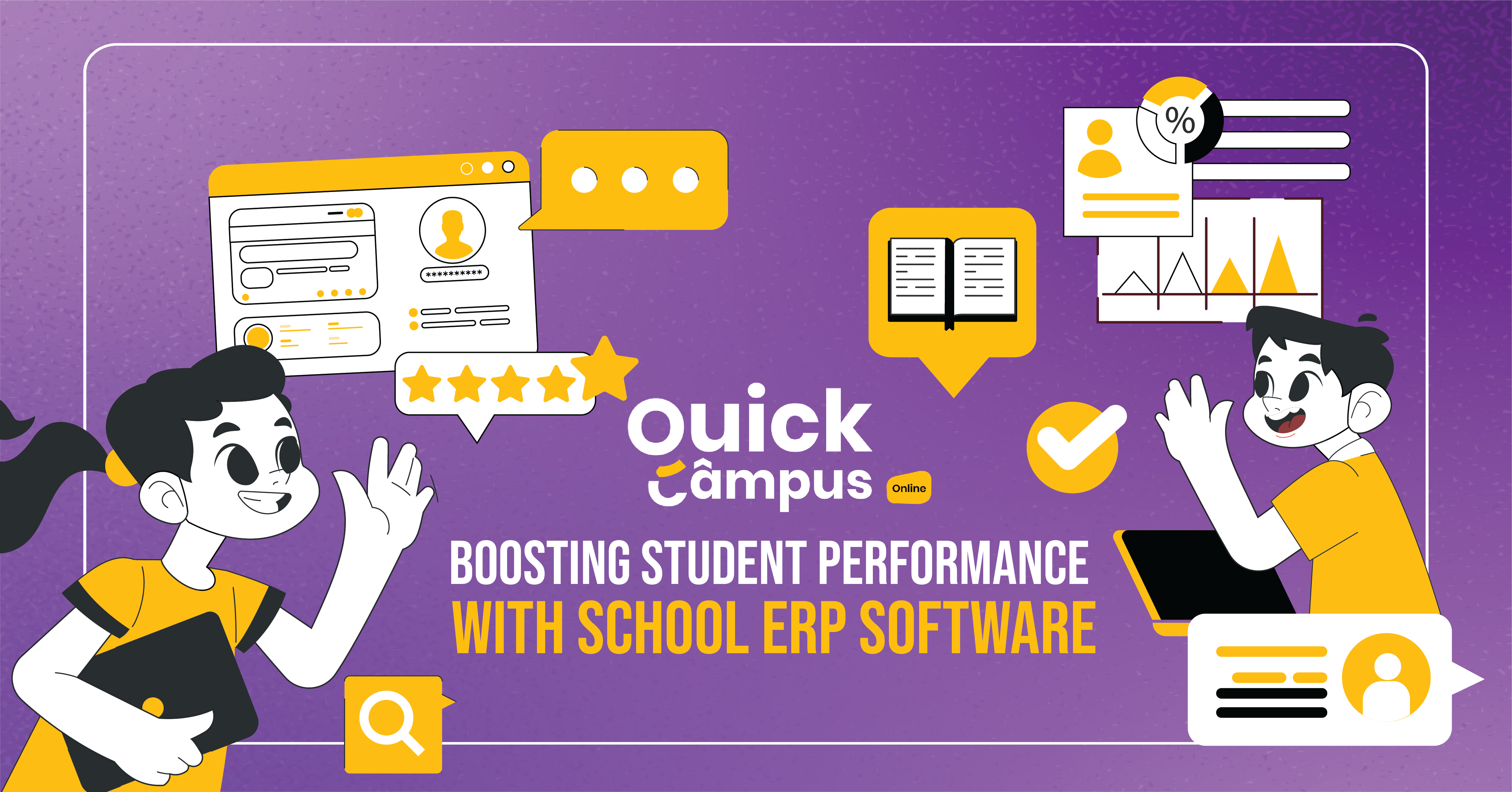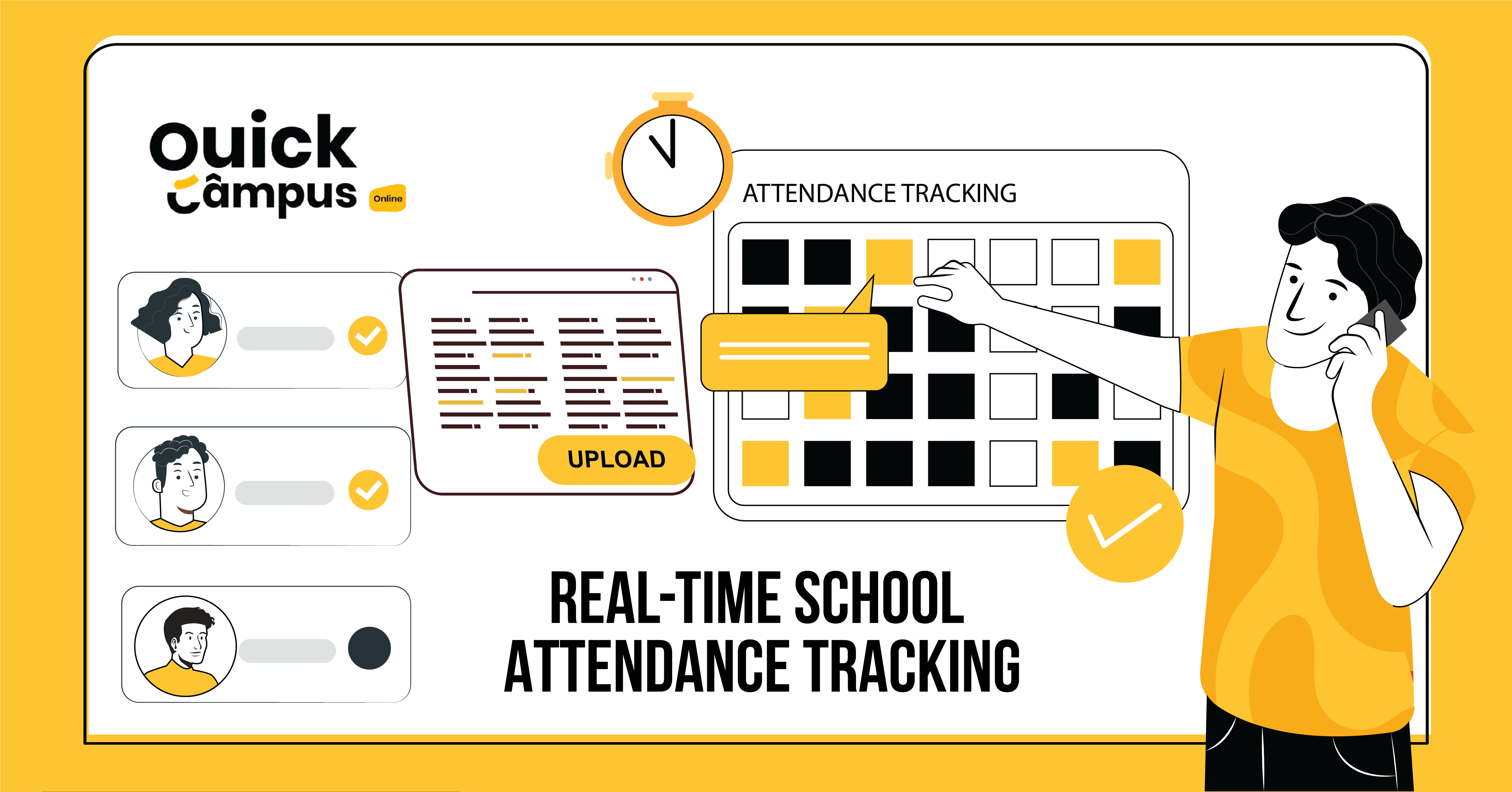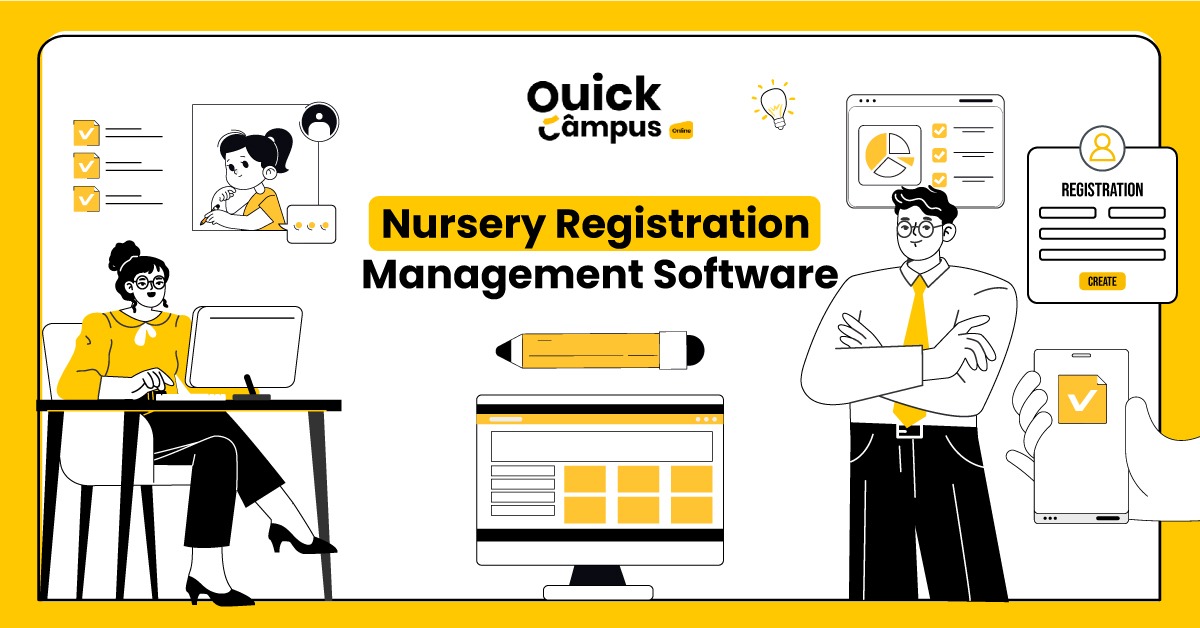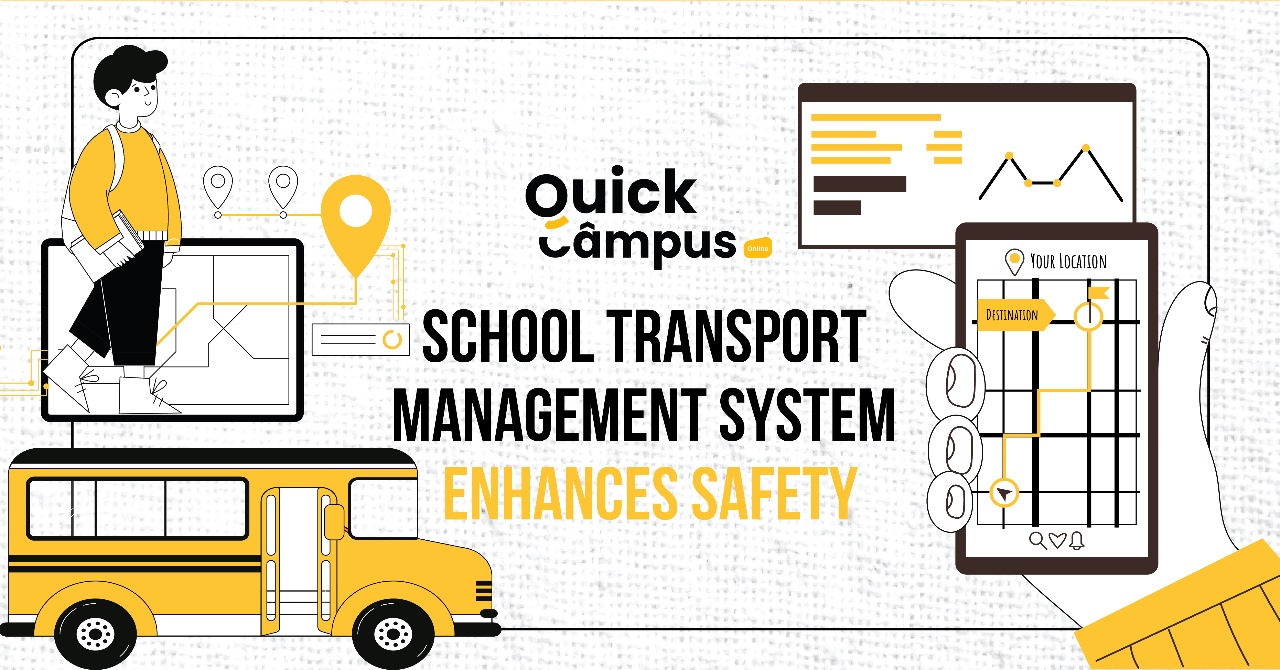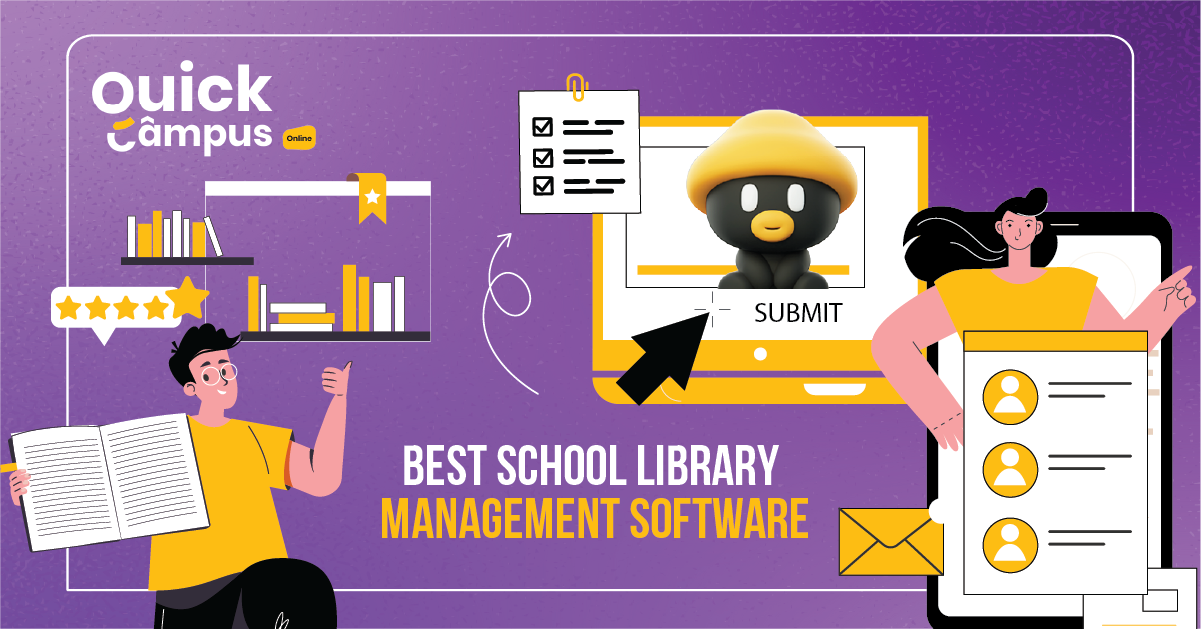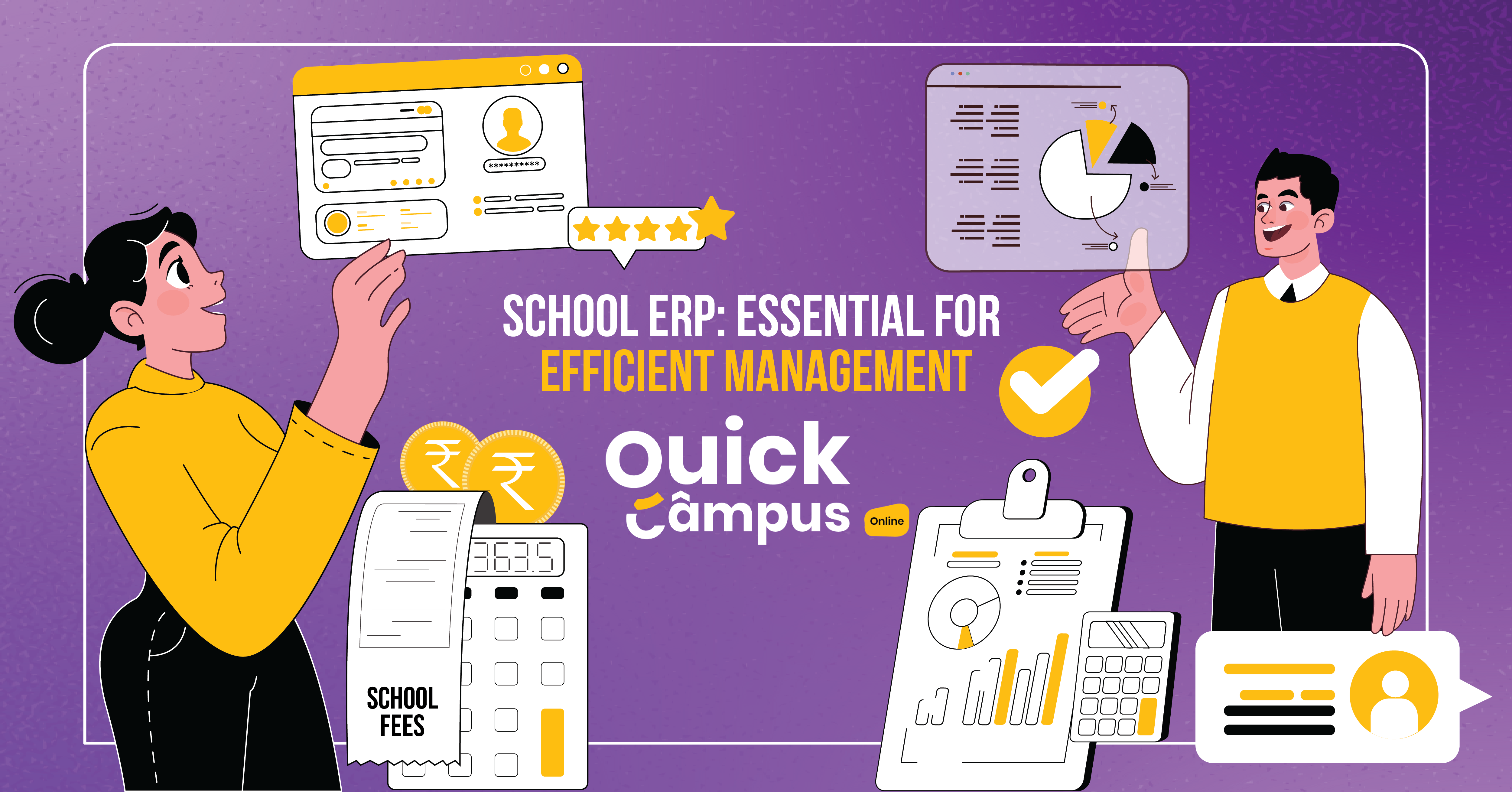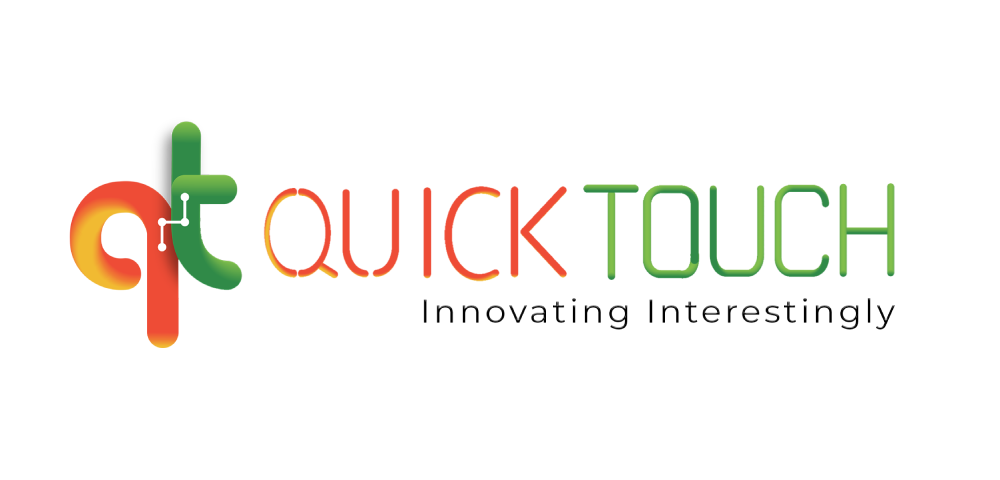Blended Learning Vs Flipped Classroom
Blended Learning and flipped classrooms are some of the new methods of teaching. Blended learning provides flexible learning and personalization, while flipped classroom makes students active and helps them understand better.
In Blended learning, we can use online resources along with school education. Students can study at home using the internet. It allows them to study at their own pace. They can also take the help of the teacher.
In a flipped classroom, students watch online lessons before coming to school. After coming to school, they work on some activities. It helps them understand.
What Is Blended Learning?
Think of a classroom without limits. A place where old books connect with new technology is Blended Learning. It’s an area where students explore and learn in unique ways.
Blended Learning blends the best of two learning campuses- traditional face-to-face teaching and e-learning. It helps in meeting the changing needs of modern students.
It takes education beyond the classroom walls, allowing us to use both online and offline resources, thereby honoring all types of students who learn well in a traditional classroom and those who do well in semi-autonomous computer-based training.
Benefits Of Blended Learning
Blended learning provides several benefits to both students and teachers:
1. Flexibility
Blended learning allows students to gain more control over their study schedule. They can choose their preferred learning styles and access online content at their own pace.
2. Personalization
With this, teachers can write their curriculum to meet the needs of the students. They can also provide additional resources or unique education according to their weaknesses, power, and interests.
3. Increased Engagement
Blended learning involves electronic media elements such as videos, simulations, and games to encourage student participation and motivation. Students learn actively and gain more knowledge.
4. Access To Resources
By integrating online resources into traditional classroom instruction, blended learning expands students’ access to a wide range of learning materials, including, education apps, multimedia content, educational websites, and online digital textbooks.
5. Collaboration And Communication
Blended learning encourages collaboration through online discussions, group projects, and peer feedback. It also promotes communication between students and teachers outside the regular classroom, creating a supportive peer-to-peer learning community.
6. Real-world Skills development
Blended learning incorporates literacy, technology, and digital tools to help digital skills relevant to recruitment in today’s society and workforce.
7. Cost and Time Efficiency
Blended learning can be more cost-effective than traditional classroom instruction, as it reduces the need for physical resources and allows for more efficient use of instructional time. It also enables educators to reach a wider audience through online delivery methods.
Downsides Of Blended Learning
While blended learning offers numerous benefits, there are also some potential downsides-
1. Technical Barriers
It involves the use of technology that can create barriers for students who do not have an internet connection or accessible device. It creates inequality in educational opportunities among students.
2. Self-discipline challenges
It requires students to take more responsibility for their learning and manage their time effectively. Some students may struggle with self-discipline and motivation, leading to incomplete assignments or falling behind in their studies.
3. Teacher Training Needs
Teachers need to have a good knowledge of technology to implement Blended learning. Teachers may struggle to integrate technology into their teaching practices without proper training.
4. Reduced Social Interaction
Blended learning often involves more independent study and online activities, which may decrease social interaction.
5. Digital Fatigue
Spending too much time on screens for online activities can cause students to suffer from digital fatigue and tiredness. Overtime can negatively impact their physical and mental health.
6. Potential for cheating
The online nature of blended learning can create opportunities for academic dishonesty, such as cheating on assessments or plagiarizing online content.
7. Lack Of Immediate Feedback
In traditional classroom settings, it is the duty of teachers to provide immediate feedback and clarification to students. In blended learning, students may receive delayed feedback.
What Is A Flipped Classroom?
In a flipped classroom, students usually learn the lesson material by watching videos or studying. When they come to class, they complete part of the programs or do homework. Instead of listening to the teacher in the classroom, they participate in hands-on activities. It is usually a good practice and a way to replace homework.
Benefits Of A Flipped Classroom
The flipped classroom approach offers several benefits:
1. Interactive Learning
Students combine discussions, handouts, and group work with course material from the active room during class time. It enriches perspectives and increases collaborative learning.
2. Individualized Pace
When students listen to lectures or read the material at home, they can understand the course at their own pace. This flexibility helps them gain the experience they need to understand.
3. Increased Engagement
Group activities, especially those scheduled to work together, are more enjoyable to students and more likely to be engaged and motivated.
4. Real-time feedback
During the actual class, the teacher gets time to guide the students by giving them immediate feedback so that they can correct their mistakes and answer the questions.
5. Promotes Critical Thinking
The flipped classroom model encourages students to engage in deep thinking and problem-solving activities, which develop their thinking skills and promote deeper sociability.
6. Time Efficiency
Time is used more efficiently in a flipped classroom because teachers can focus and direct students. It can increase the likelihood of using class time more productively.
7. Enhanced Collaboration
As we all know, students often work together in groups or pairs to complete any task. This collaborative environment promotes teamwork, communication, questions, and peer learning.
Downsides Of A Flipped Classroom
The Flipped classroom has some drawbacks also:
1. Technology Dependency
A reliable internet connection and device is necessary for online activities and browsing at home. Not all students can use it, which poses a risk of creating differences in general.
2. Self- Motivation Needed
Students must be disciplined enough to learn on their own at home. Without the right motivation, they may struggle with the material.
3. Teacher Training
Teachers need to use technology correctly to plan enjoyable classroom activities. Without the training, they may struggle to teach effectively in this model.
4. Social Interaction
It allows students to interact with teachers and friends as they spend more time alone at home.
5. Screen Time
Spending more time on screen for online education leads to eye fatigue, which can also affect student health.
Which Is More Effective?
It depends on various things like the mission of the teacher, needs of the students, subject, subject to be taught, and resources available, etc. Both methods have advantages and disadvantages, and the best option may vary based on the situation.
Depending on the needs and context of the student and teacher, each approach has its advantages. It is a matter of thinking about your goals and what is helpful for the students. Both triangle commissions can also be beneficial so that the students get more support and a more exciting experience.

